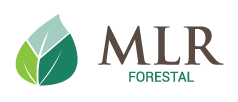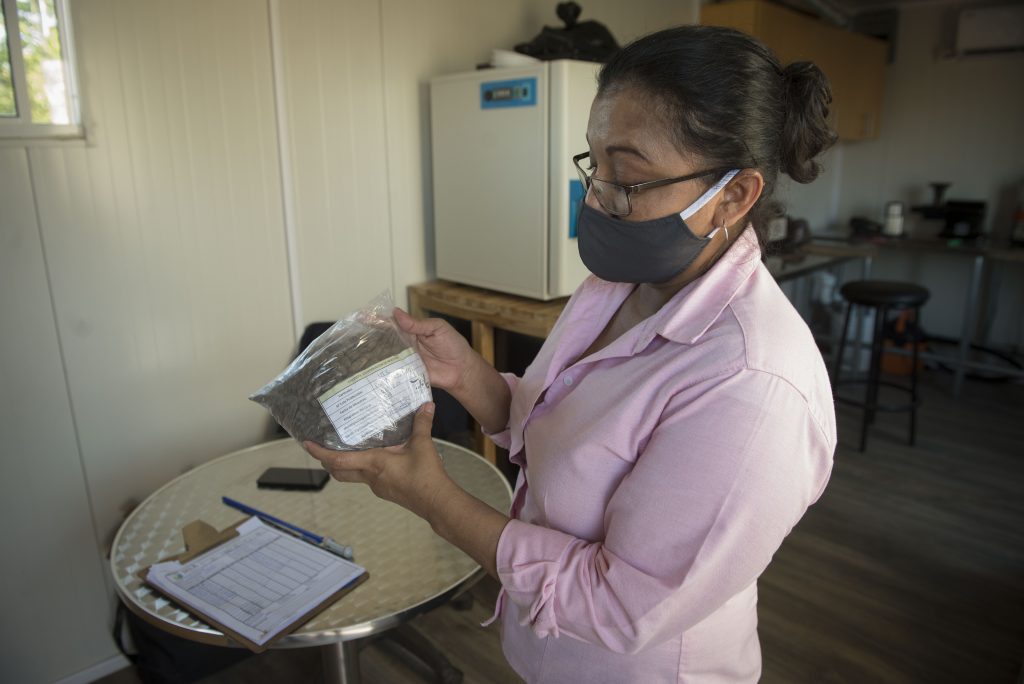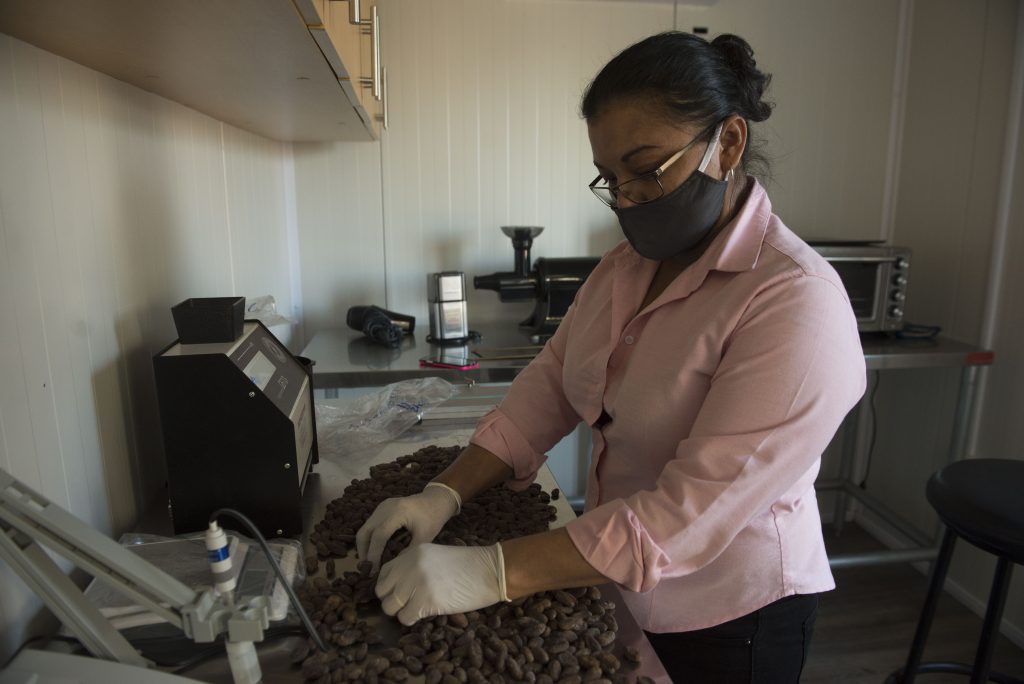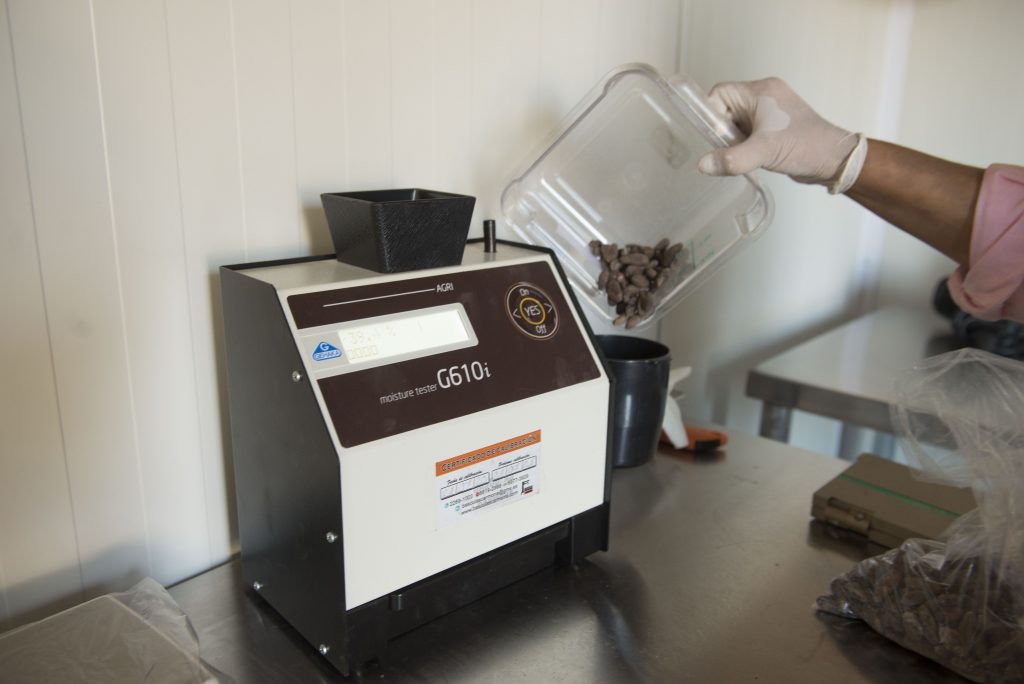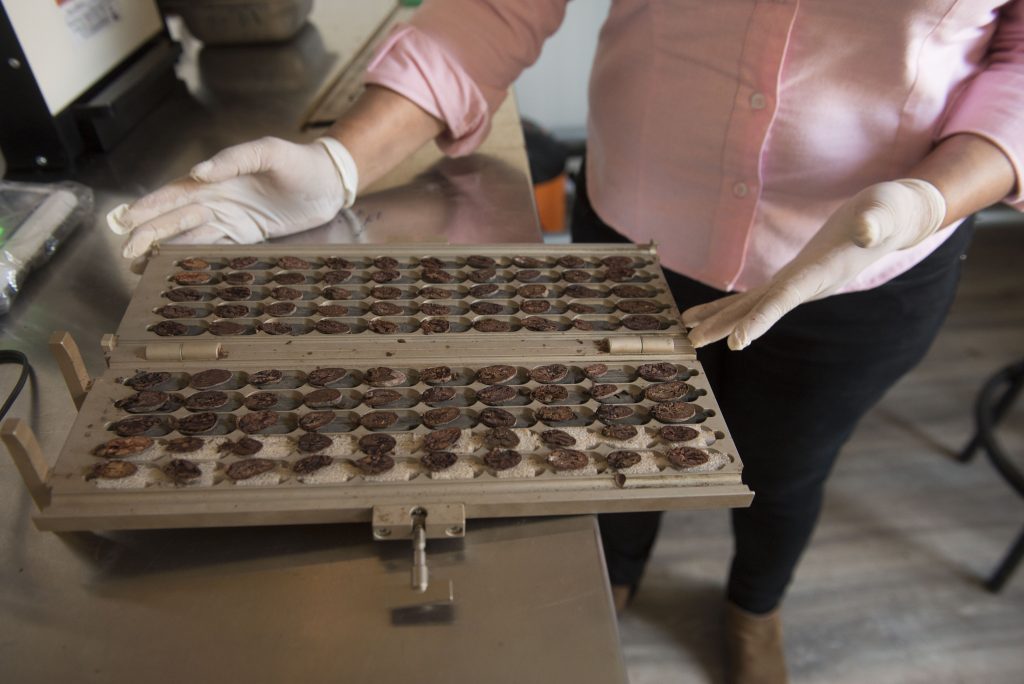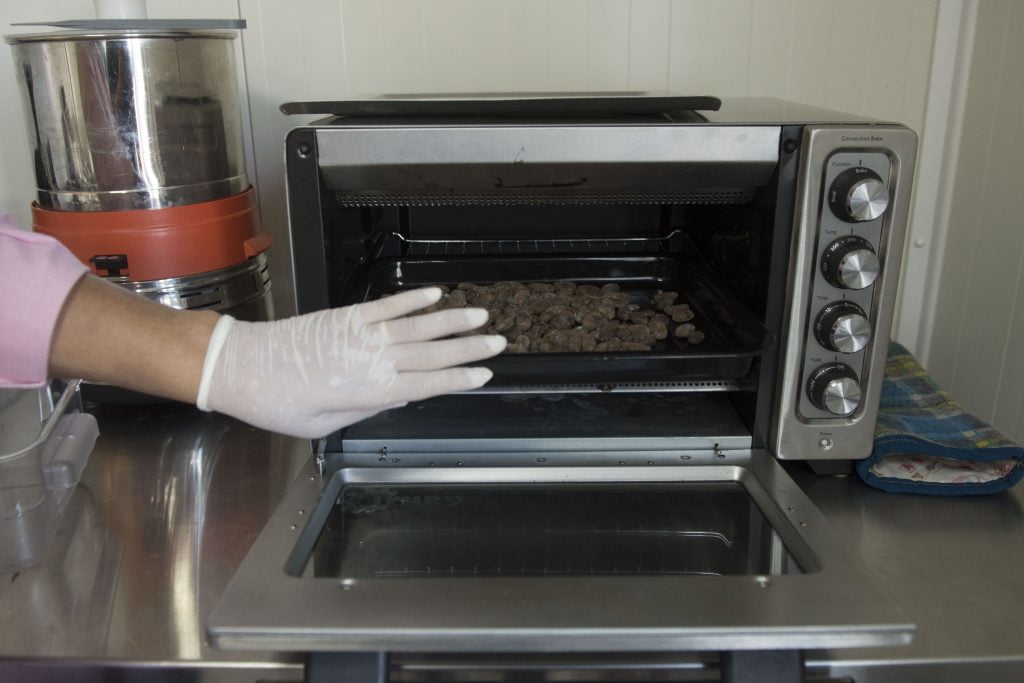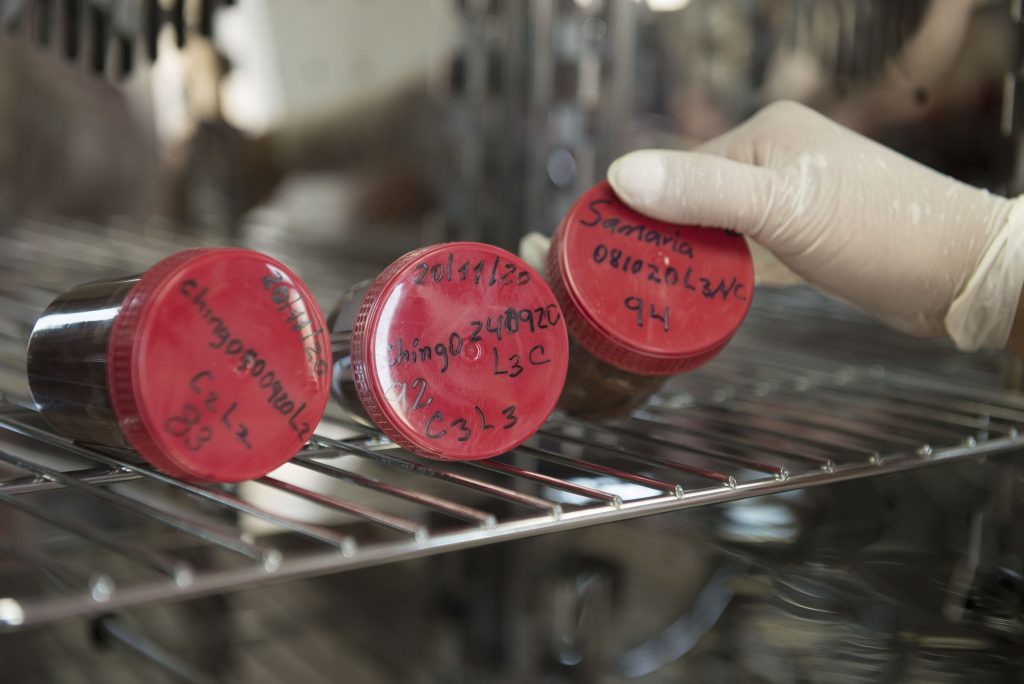News
MLR Forestal cocoa: quality of origin and first-rate processes for an export product
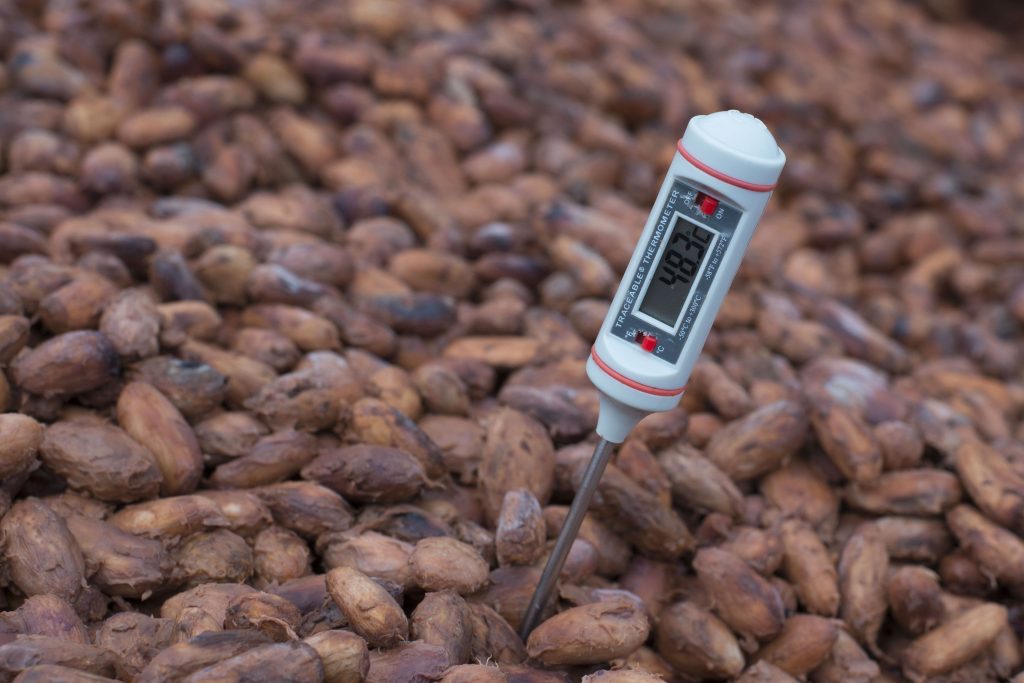
Cocoa and teak are like inseparable brothers that live and grow on MLR Forestal’s lands located in the North Caribbean. Inseparable because they are planted in association, which is an innovative method that this reforestation company is validating in Nicaragua and consists of placing the cocoa next to the teak to take advantage of the cultivation space and in turn so that the teak fulfills the role of shading the cocoa . Cocoa does not withstand very high temperatures and being covered by teak foliage, the sun’s rays do not affect it directly.
MLR Forestal has 1,239 hectares of cocoa planted in the shade of teak trees. This cocoa, whose type is from Trinidadian to “forastero”, once harvested goes through a process that consists of three parts and that guarantees the obtaining of an export product of the highest quality.
Collection and fermentation, drying and quality control are the three parts of the cocoa route within MLR Forestal. This tour can last between twelve and fifteen days if there are good weather conditions.
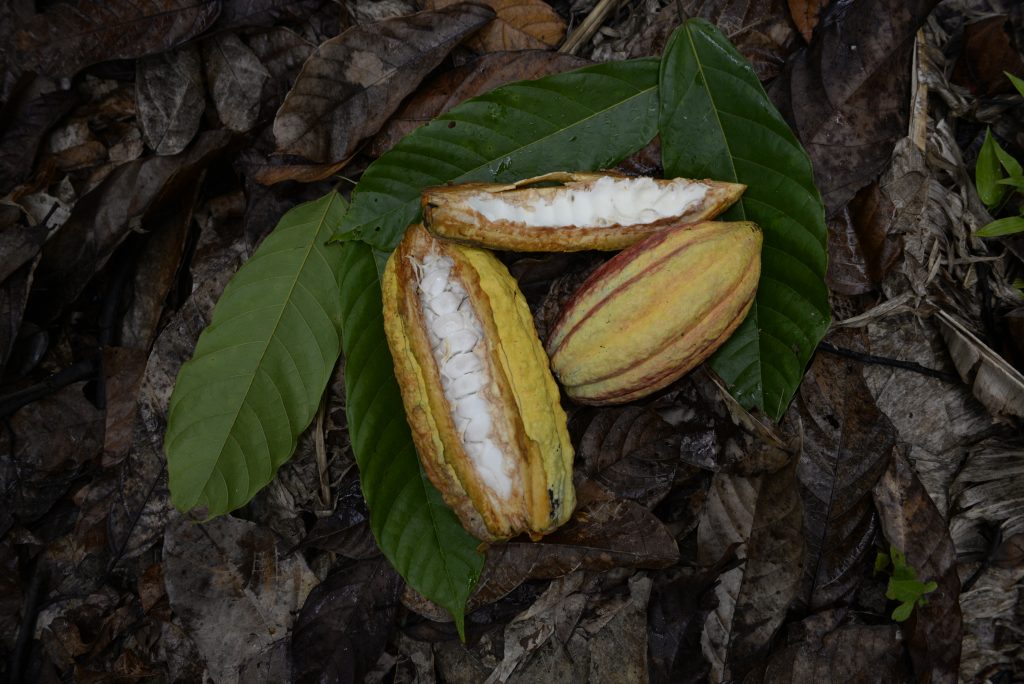
The collection center and fermentation
Freshly harvested cocoa, due to its consistency, is called “slime cocoa”. This slime is transported to the collection center where the first quality inspection is made and then it goes to the fermentation process.
“Fermentation is a biochemical process where microorganisms transform the substances that are in cocoa, the precursors of flavors. Then we use different techniques to obtain flavors based on the varieties and origins, a few days pass, some removals are made and then it goes to drying. It is important to say that all our cocoas are properly traced, that is, from each batch we can tell how much it came, where it came from and there is also traceability in terms of the process, temperature control, PH, etc. ”, expressed Laureano Villagra, collection manager of cocoa and postharvest.
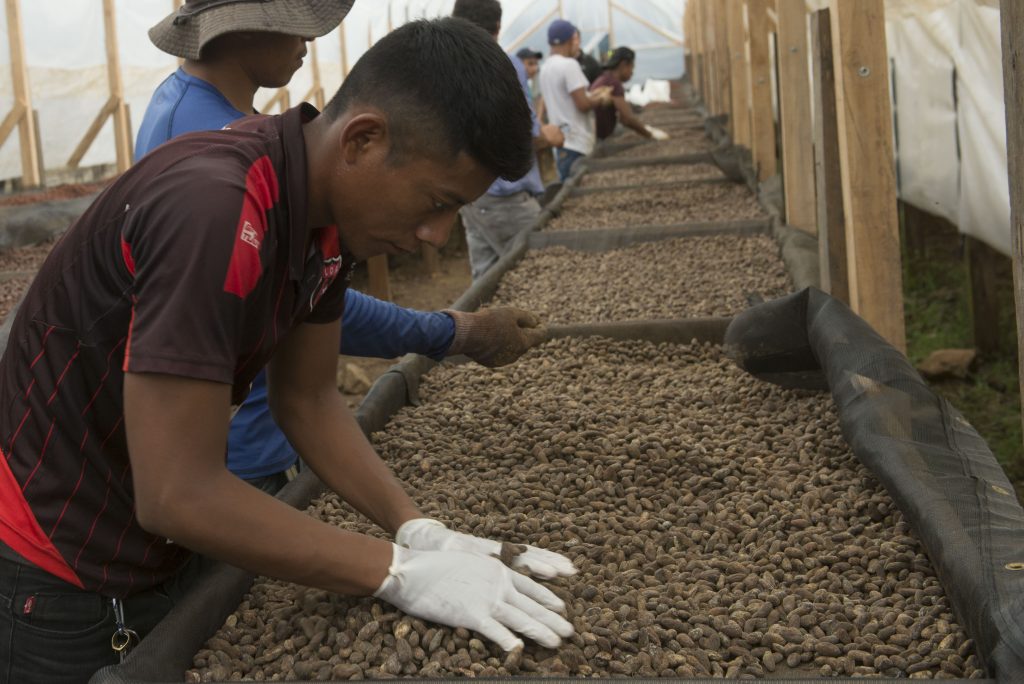
Drying: under sun or in machine
A huge yellow rocket-like machine is located near the nursery area on the Siuna plantel of MLR Forestal. It is a cocoa dryer. According to Eddy Pérez, who works in cocoa storage, “the dryer has a capacity of 2,800 kilos, maintains an average temperature between 45 and 50 degrees and makes four turns per hour.”
Due to the rainy climate of the area, this machinery is used when the cocoa cannot be dried in the traditional way, that is, under the sun. The dryer “works on the basis of steam and electricity, it has two dampers to let air in and thus lower the temperature, in addition, when it is working it remains on 24 hours and can spend up to three days drying,” said Pérez.
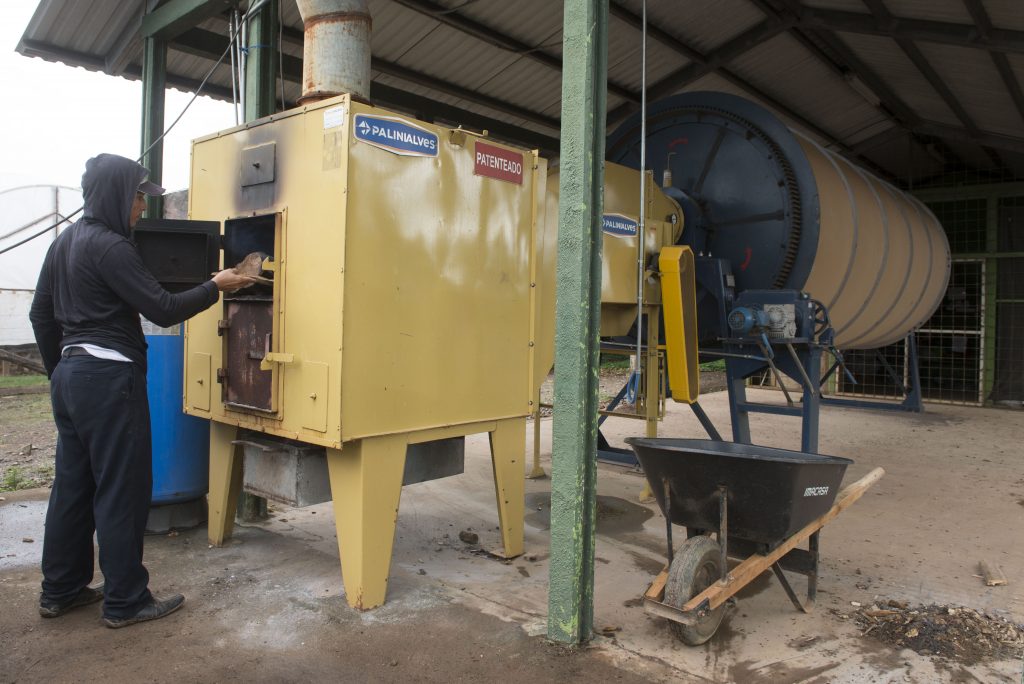
A laboratory worthy of a valuable grain
Since May 2020, the chemical engineer Yeldy Muñoz has been in charge of the laboratory where the MLR Forestal cocoa standards of excellence have been ensured. Cocoa arrives here when it has between seven and eight degrees of humidity and begins the last part of its journey within the Siuna campus.
“When I receive the cocoa, I check the humidity, make the entry and begin to document the results of the physical quality of the bean, then a cut test of the bean is done and finally the sensory or organoleptic tests are done to define the flavors. There is a panel made up of the postharvest chief, myself, the person who purchases the cocoa and three other people from here in the company, each one who defines the flavors, a consolidated is made and that is the assurance of the quality of the bean. All this I must have in physical and electronic because it is about complying with the requirements and standards of the client,” explained Muñoz.
In the small, but complete laboratory where Yeldy works, she comments that, in the end, that “slime cocoa” ends up being a bean with spicy, nutty and even fruit or floral flavors. Having completed the batch documentation, the cocoa is stored and ready to be delivered to the end customer.
Share
